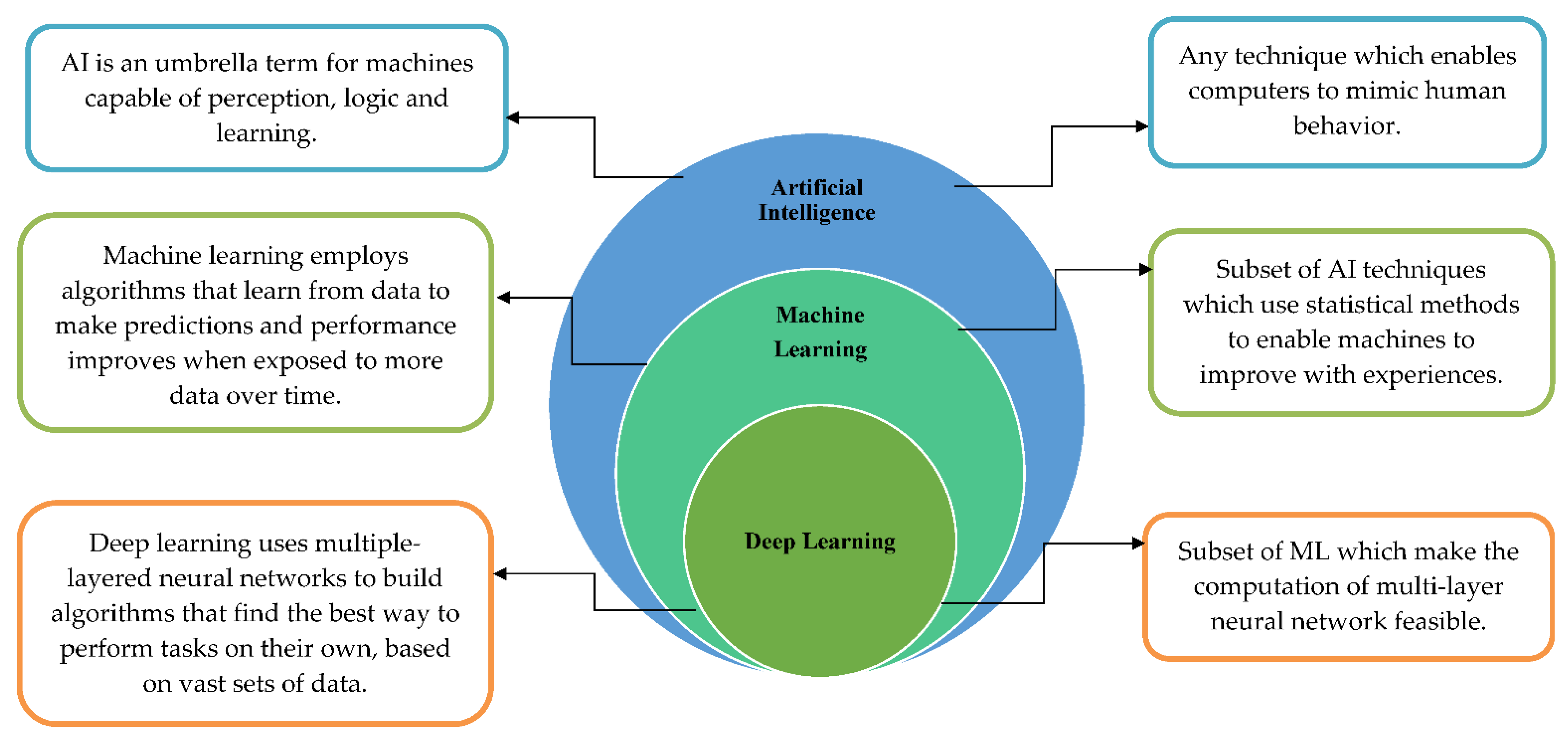
Artificial Intelligence (or AI) is the human-like intelligence, judgment, learning, and awareness exhibited by machines, along with the branches of computer science and engineering that seek to create intelligent machines.
The goal of AI is to develop a machine that can think like humans and mimic human behaviors, including perceiving, reasoning, learning, planning, predicting, and so on.
There is a quiz in the video.
The answer to the quiz is: Option D - AI that develops emotions over time
Explanation: An AI which develops emotions does not exist as of now. Such an AI would be classified as Strong AI and we haven't yet cracked the code for it.
Artificial intelligence (AI) is the development of machines and algorithms that mimic human intelligence, for example, by optimizing actions to achieve certain goals.
Machine learning (ML) is a subset of AI, and provides the ability to learn without explicitly being programmed for a given dataset such as playing chess, social network recommendation etc.
Deep Learning (DL) is the subset of ML that takes inspiration from biological brains and uses multilayer neural networks to solve ML tasks.[1]
Figure 1 below shows the relationship between Artificial Intelligence methods, Machine Learning algorithms, and Deep Learning algorithms. [2]

Fig 1. Relationship between Artificial Intelligence, Machine Learning and Deep Learning.
In simple terms, AI is an umbrella term that includes a diverse array of sub-topics (Figure 2).

Fig 2. Artificial Intelligence in Law: The State of Play 2016.[3]
Source: [1] Choudhary, K., DeCost, B., Chen, C. et al. Recent advances and applications of deep learning methods in materials science. npj Comput Mater 8, 59 (2022). https://doi.org/10.1038/s41524-022-00734-6
[2] Subramaniam, S., Raju, N., Ganesan, A., Rajavel, N., Chenniappan, M., Prakash, C., Pramanik, A., Basak, A. K., & Dixit, S. (2022). Artificial Intelligence Technologies for Forecasting Air Pollution and Human Health: A Narrative Review. Sustainability, 14(16), 9951. https://doi.org/10.3390/su14169951
[3] Mills, M. (2016). Artificial Intelligence in Law: The State of Play 2016 (Part 1). Artificial Intelligence in Law: The State of Play 2016 (neotalogic.com)